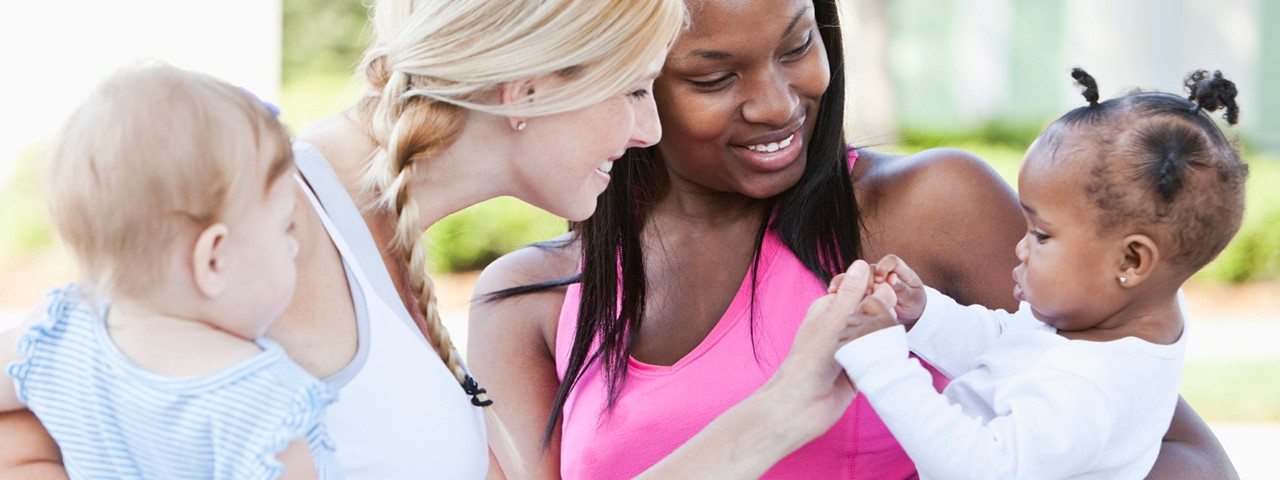Is There Science Behind Attachment Parenting Practices?
- Tweet

Attachment parenting is a polarizing phrase, conjuring in some the image of buzzing helicopter parents hovering oppressively over their children, and in others an image of benevolent, selfless parents dedicated to cultivating the perfect human adult. The reality is that there are as many ways to parent as there are families, and knowing a bit about the science behind bonding helps parents make smart choices along the way (Tweet this!).
Shielding from Toxic Stress
As a care-giving style, the main tenets of attachment parenting are straightforward: responding immediately to crying, breastfeeding when the child desires it, and holding and carrying the baby whenever possible. The idea is that shielding an infant from discomfort in this way will protect her from sources of toxic stress—like fear, isolation, and feelings of abandonment—which studies have repeatedly linked to lasting physical and psychological damage.
Recent science does in fact show that the methods of attachment parenting can insulate young children from harmful stress, creating a cushion of calm, easy safety around them in the important early years of brain development.
But, as with most issues in the realm of parenting, one set of rules isn’t always an easy fit for every family. Perhaps if we break the phrase “attachment parenting” into its parts, we can use what we know about the developmental process known as “attachment” and apply it to our own version of adaptive parenting.
Developing a Sense of Security
In the early months of life, babies develop an understanding that their caregivers hold the power. We’re the feeders, the talkers, the soothers, the book readers. They wear the diapers and we wear the pants. Infants are not yet conscious of their own wants and needs, but they know instinctively that we are the means to those ends.
When a baby learns that his parent or caregiver will be there to respond to those needs, he develops a sense of safety that scientists call being securely attached. A baby whose parents or caregivers are usually unresponsive to his signals—routinely ignoring his cries for long periods, for instance—is likely to develop an insecure attachment. Extensive research has shown that the quality of an infant’s attachment relationship with his primary parent/caregiver is strongly related to his long-term emotional and social adjustment.
Knowing this gives parents and caregivers guidance. Whatever your views on attachment parenting as a method, it is effective at giving children a calm, safe environment in which to grow because it focuses on the child’s needs from moment to moment. But here’s where we start to see how an understanding of the science behind it might be more important than a strict adherence to its rules: The link to favorable outcomes as the child grows is probably due less to the specific practices themselves than to the fact that attachment parenting involves a high degree of parental responsiveness to infant signals.
Being Responsive is Important
We know our children. We know in micro-seconds what the timbre of a midnight cry means. Before they’ve mastered language, they are sending clear signals. We also know that we have the tools to deliver exactly what those cries are calling for. We have deep reservoirs of love to nourish them with when they need it. We have bottles and breasts when they have hunger. We have books and conversations and games when they need stimulation.
A good caregiver is a good observer, able to act with the right response. Our eyes and ears are open to our baby’s signals and we’re learning and adapting just as they are. We’re there when needed, hopefully not hovering too closely overhead.
This article was originally published in Memphis Parent.
